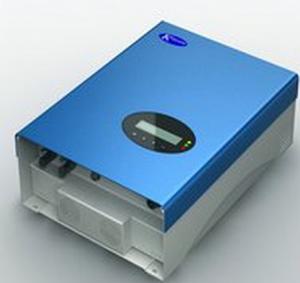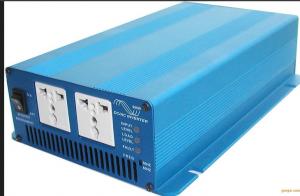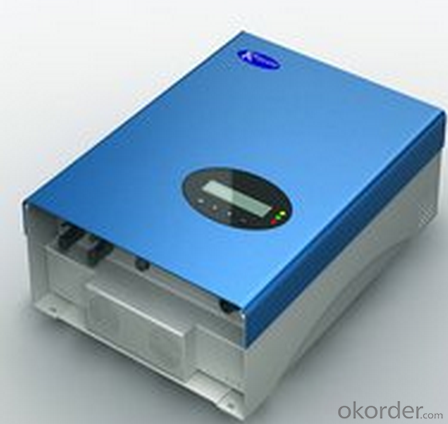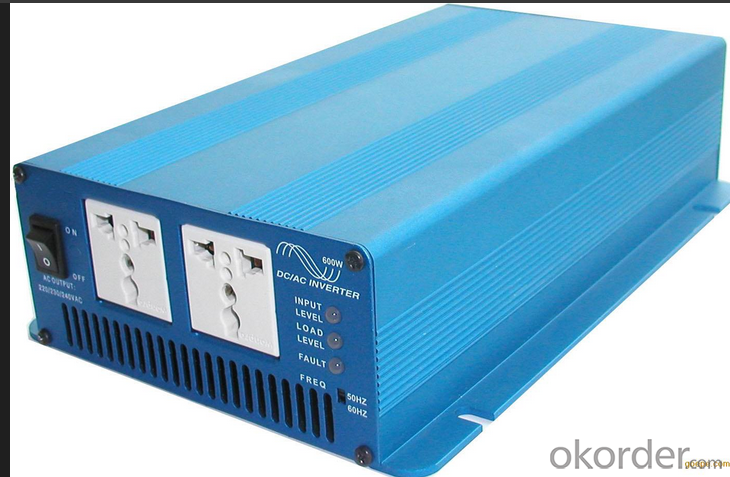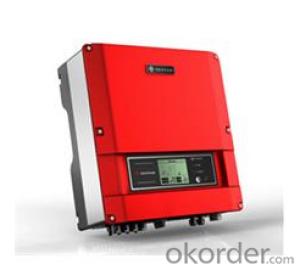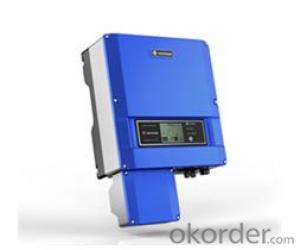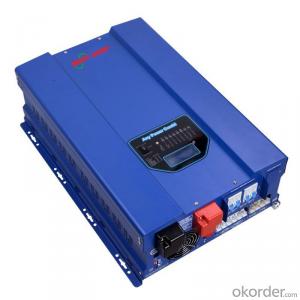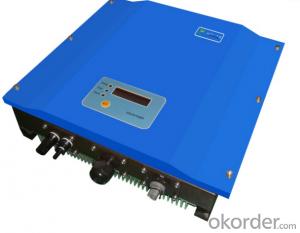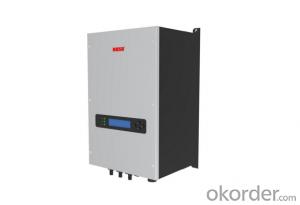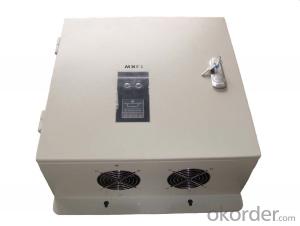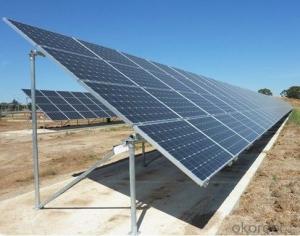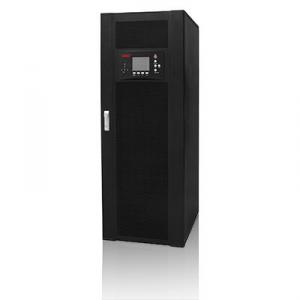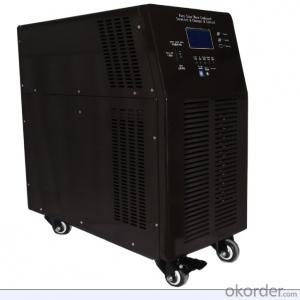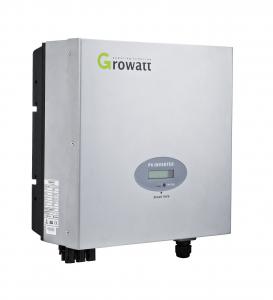1000 Watt Solar Inverter - High Quality and Affordable Solar Inverters from China
- Loading Port:
- China main port
- Payment Terms:
- TT or LC
- Min Order Qty:
- 1 watt
- Supply Capability:
- 10000000000 watt/month
OKorder Service Pledge
OKorder Financial Service
You Might Also Like
Description:

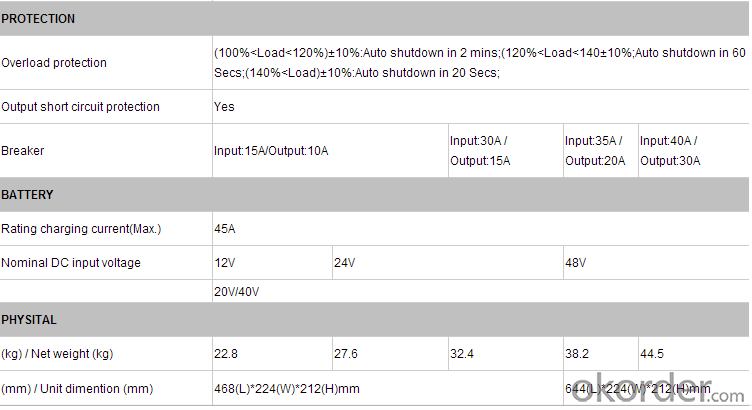
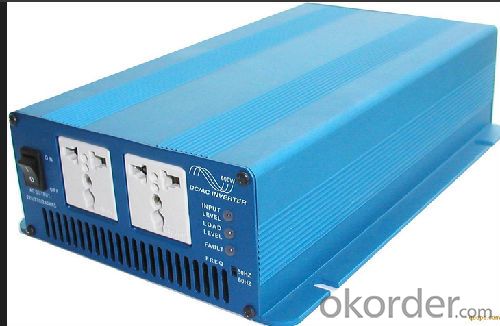
Our Service
1. Samples
Samples are Available for Testing and Market Test.
2. Warranty of Unipower Products
Unipower provides warranty against defects in materials and workmanship for its Uninterruptible power supply, Power inverter/chargers including inverter12v 24v 48V, Solar charge controllers (“Product”).
3. Guides and After-service Consultancy
Unipower Power Team will offer these guides below.
A. Need an Accessory?
B. Products Repair?
C. Power Problems to Solve?
D. Power Protection Solutions, etc.?
24 Hours After-service consultancy just for you and to make your problems to solve easily. \poiuytrewq`NM
RFQ:Pls introduce more about your company ?
CNBM is abbreviation of China National Building Material Corp . It was established in 1984 with the approval of state council .
- Q: What are the indicators of a faulty solar inverter?
- Some indicators of a faulty solar inverter may include a complete loss of power generation from the solar panels, flickering or inconsistent power output, unusual noises coming from the inverter, error messages or warning lights displayed on the inverter's screen, and a noticeable decrease in the overall efficiency of the solar system.
- Q: How does a solar inverter handle voltage harmonics?
- A solar inverter handles voltage harmonics by using filtering techniques and advanced control algorithms. These methods help to smooth out the output voltage waveform, reducing or eliminating any unwanted harmonics.
- Q: How does a solar inverter handle voltage drop in long cable runs?
- A solar inverter compensates for voltage drop in long cable runs by using a technology called Maximum Power Point Tracking (MPPT). MPPT allows the inverter to continuously adjust the operating voltage and current to extract the maximum power from the solar panels. This ensures that even with voltage drop in long cable runs, the inverter optimizes the power output from the panels, ultimately minimizing the impact of the voltage drop.
- Q: What maintenance is required for a solar inverter?
- Regular maintenance is required for a solar inverter to ensure its optimal performance. This includes cleaning the inverter and its components to remove any dust or debris, inspecting and tightening electrical connections, checking and replacing any faulty or worn-out parts, monitoring the inverter's performance and efficiency, and keeping track of any software updates or firmware upgrades provided by the manufacturer. It is also important to regularly clean and maintain the solar panels and other associated equipment to ensure the inverter's functionality.
- Q: How does a solar inverter affect the overall system reliability in harsh environments?
- A solar inverter plays a crucial role in the overall system reliability in harsh environments. It acts as the heart of the solar power system, converting DC power generated by solar panels into AC power for use in homes or businesses. In harsh environments, such as extreme temperatures, high humidity, or excessive dust, a reliable solar inverter is essential to ensure uninterrupted power generation. A high-quality inverter with robust components and advanced protection features can withstand these harsh conditions, preventing system failures and maximizing the system's overall reliability.
- Q: Can a solar inverter be used in a mobile or portable solar system?
- Yes, a solar inverter can be used in a mobile or portable solar system. In fact, portable solar systems often include solar inverters to convert the direct current (DC) power generated by solar panels into alternating current (AC) power that can be used to run electrical devices or charge batteries. This allows for the convenience of using solar energy on the go, making it ideal for camping, outdoor activities, and emergency power needs.
- Q: How does the input power rating affect the performance of a solar inverter?
- The input power rating of a solar inverter directly affects its performance. A higher input power rating allows the inverter to handle a greater amount of power from the solar panels. This means that it can convert and deliver more electricity to the grid or load, resulting in improved performance and higher energy production. Conversely, a lower input power rating may limit the inverter's ability to handle high power inputs, leading to reduced efficiency and potentially lower energy output. Therefore, the input power rating is a crucial factor in determining the overall performance of a solar inverter.
- Q: Can a solar inverter be used in parallel configurations for increased power output?
- Yes, a solar inverter can be used in parallel configurations to increase power output. By connecting multiple inverters in parallel, the total power output can be increased, allowing for more efficient utilization of the solar energy generated. This parallel configuration allows for better distribution of the power load and helps to achieve a higher overall system capacity.
- Q: Can a solar inverter be used with a solar-powered data center?
- Yes, a solar inverter can be used with a solar-powered data center. A solar inverter is an essential component that converts the direct current (DC) generated by solar panels into usable alternating current (AC) electricity for powering electrical devices and systems, including data centers. By using a solar inverter, a solar-powered data center can efficiently utilize the renewable energy generated by solar panels to meet its power requirements.
- Q: Can a solar inverter be used in extreme weather conditions?
- Yes, solar inverters are designed to withstand extreme weather conditions. They are built to be durable and resistant to factors such as temperature fluctuations, humidity, and harsh weather elements. However, it is always recommended to consult the manufacturer's guidelines to ensure proper installation and protection measures are in place for specific weather conditions.
Send your message to us
1000 Watt Solar Inverter - High Quality and Affordable Solar Inverters from China
- Loading Port:
- China main port
- Payment Terms:
- TT or LC
- Min Order Qty:
- 1 watt
- Supply Capability:
- 10000000000 watt/month
OKorder Service Pledge
OKorder Financial Service
Similar products
Hot products
Hot Searches
Related keywords
